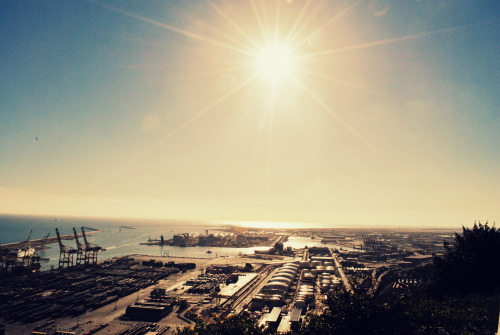#urbanisation

Grèce, monastiraki

During the 16th century, the separation of different genres within the art world was very prominent. They were considered to be ranked in order of importance, being: History, Portrait, Genre, LandscapeandStill life. History paintings were viewed as the most significant due to their narrative subject matter rather than artistic style, whereas the Landscape genre was considered less important as it did not include the same notion of depicting a moment in a factual story.
However, the 19th century saw a remarkable explosion of naturalistic landscape painting, and this was when it began to rise in popularity and significance. Flatford Mill byJohn Constable is a perfect example that displays this beauty of landscape paintings, and why it became better recognised. The painting displays a scenic countryside from Constable’s childhood spent in Suffolk, with intricate details shown, such as the boy and the horse. A large canvas was used which created an even more virtual and atmospheric scene, reflecting largely on the landscape itself and feeling almost convincing enough to be real. Due to this noteworthy execution amongst other qualities, it is unsurprising that landscape art has grown in regards to recognition. Whether this was due to the belief that nature is a direct manifestation of God, the increasing alienation of people from nature by growing industrialisation and urbanisation in the 19th century, or just simply the media’s influence over time — it is still a big, ever-growing art form within the 21st century. Landscape art became the vehicle for a revolution in Western painting, and so the traditional hierarchy of the genres collapsed.
[ Sources:
- https://www.tate.org.uk/art/artworks/constable-flatford-mill-scene-on-a-navigable-river-n01273
- Art History lesson notes. ]

